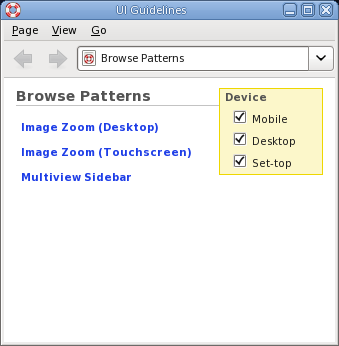I was invited to demo Mallard at a DITA Help Subcommittee meeting. They hold their meetings with GoToMeeting, a conferencing and desktop-sharing tool. Unfortunately, GoToMeeting only supports Windows and Mac. That’s a problem for me, because the only thing on my desk is Fedora. I searched a bit and stumbled across BigBlueButton, an open source system with all the bells and whistles of the proprietary ones. The DITA folks were nice enough to use BigBlueButton to talk to me.
There are some quirks. Sometimes the audio is choppy or it drops out. People said my desktop was hard to read unless I massively upped the font size. Some of these issues may just be because we used the demo server, which apparently doesn’t have the best deployment. The BigBlueButton developers, however, were extremely helpful. And they’re actively working on the audio issues.
So even with the quirks, and even though I had to install Flash, using BigBlueButton was a really nice experience. It’s left me wanting something more whenever I have to do IRC meetings. IRC meetings are horribly low-bandwidth, especially for collaborative planning. If I could actually talk to people, and show them what Yelp is doing on my desktop, I think we could be a lot more productive. It’s not quite as good as face time, but it’s a lot better than IRC.
I wonder how we could make awesome collaborative tools like this available to our teams in Gnome. Could we run a BigBlueButton server? Is Flash a non-starter for that? What can Empathy do for us? I know I can have a voice chat and share my desktop with someone, but what about a group of someones? Thoughts?


